Caring for plants in pots is more like taking care of a pet. They rely on us for their water, and finding the right balance can be a real game-changer.
Having thought how often to water plants in a planter, you should be here. Whether you have bright flowers, fragrant herbs, or amazing succulents, this covers everything. It’s all about understanding your plants and giving them the nutrition they need.
It’s not about being a plant expert but about giving your plants the care they deserve. Because plants are the main part of our world and they are very helpful towards humans. It is our responsibility to take care of the plants.
So, let’s learn how often you should water your plants.

Plant Knowledge for Planter Watering
To water plants in a planter effectively, understanding the specific needs of each type of plant is important. Different plants have different requirements regarding moisture levels in the soil.
Some prefer their soil to be slightly dry between waterings, as excessive moisture can lead to root rot and other issues. On the other hand, certain plants grow when the soil is consistently moist.
Optimal Soil Choice for Planter Growth
The type of soil you choose for your planter plays an important role in determining how often you should water your plants. It’s fine to go for a well-draining potting mix that shows the right balance between retaining moisture and allowing excess water to escape.
This ensures that the roots receive enough hydration without being faced with saturated conditions, which can lead to many issues, including root rot and nutrient deficiency.
Choosing Containers for Efficient Watering
When considering unique plant arrangement tips, choosing containers for your wheelbarrow planter garden significantly influences how frequently you need water.
Different materials and sizes come with their unique considerations, underscoring the importance of selecting the right container for your plant’s needs. Absorbent materials like terra cotta tend to lead to quicker soil drying.
This characteristic can benefit plants that prefer drier conditions but need more careful monitoring and potentially more frequent watering.
Monitoring Moisture Levels in Planters
Accurately gauging soil moisture is an important aspect of effective planter gardening. While the soil surface may appear dry, it’s not always typical of the moisture level deeper within the planter.
To get an accurate assessment, it’s advised to perform a simple moisture test. Insert your finger into the soil as far as it goes or at least until the second knuckle.
Effective Deep Watering Techniques
Achieving proper hydration for your planter plants involves more than just sprinkling a bit of water on the surface. It’s important to water deeply, allowing moisture to reach the entire root system.
This encourages amazing root growth, which in turn leads to healthier, more strong plants. The key indicator of effective deep watering is seeing water flow out of the drainage holes at the bottom of the container.
Ideal Time for Planter Watering
Timing is a critical factor when it comes to watering plants in a planter. The ideal time to water your plants is in the morning. During this time, the environmental conditions are best for plant absorption.
The cooler temperatures and reduced wind speed mean that water is more likely to be absorbed by the roots rather than evaporating or being blown away. This morning hydration sets your plants up for success throughout the day.
Directing Water to the Roots
Understanding how plants absorb water is important for effective watering. Plants primarily take in water through their root systems, not through their leaves, stems, or flowers. This means that when you water your planter.
The goal is to ensure that the water reaches the root zone where it can be absorbed. Watering at the base of the plant allows the roots to access the moisture directly.
Supplementing Rainfall for Planter Plants
While rainfall may seem like a sufficient water source for your planter plants, it’s important to remain careful. The structure of containers can sometimes hold up the natural distribution of rainwater. Large, mature plants can create a canopy that prevents rain from reaching the soil surface.
Preventing Drying Out in Planters
Allowing the soil in your planters to completely dry out can lead to many challenges. When the potting mix becomes overly dry, it can become tough, compacted, and less able to absorb water efficiently.
In some cases, it may even pull away from the sides of the container, leaving gaps that prevent the roots from accessing the necessary moisture. If you find that the soil in your planter has dried out, there are effective methods to rehydrate it.
Adjusting Frequency for Planter Plants
Recognizing that different environmental factors can impact your planter’s moisture levels is necessary. Variables like temperature, wind, and humidity play a major role in how quickly the soil dries out. Additionally, the size of your containers and the type of soil you use can influence the frequency of necessary watering.
Conclusion
Keeping your planter plants healthy is all about finding the right balance. It is similar to giving them a little water when they’re thirsty, but not too much. Understanding your plant’s needs is super important. Some like a little drying out between drinks.
At the same time, others prefer to stay a bit moist. Choosing the right soil helps, too. Make sure it can soak up water, but also let it go when there’s too much. And the pot they live in matters. Each plant is a little different, so keep an eye on them.
With a little love and attention, your planter plants will be happy and healthy.


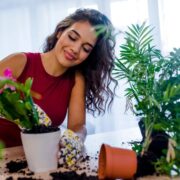
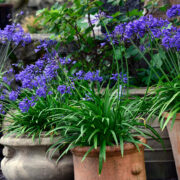


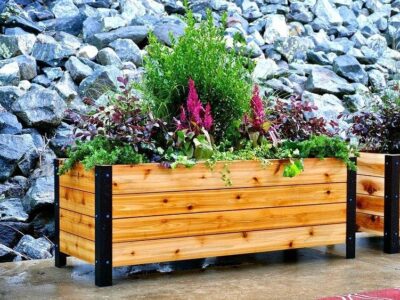
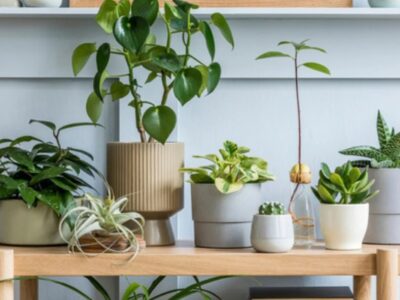
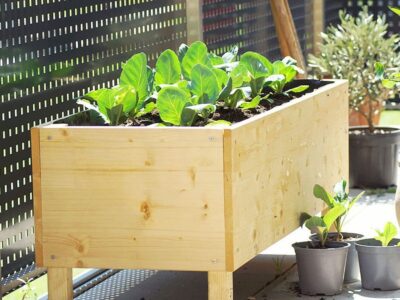
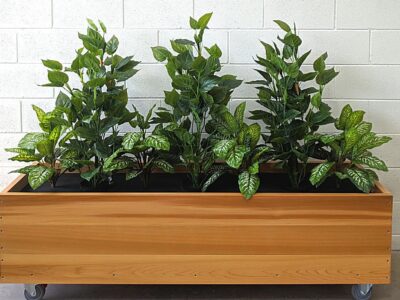
Comments